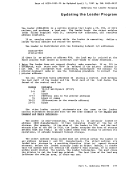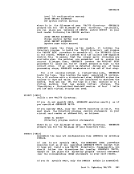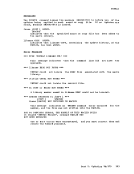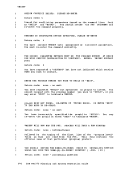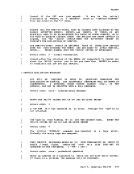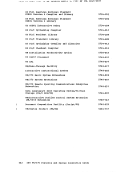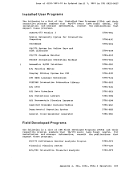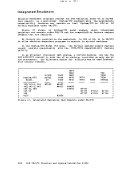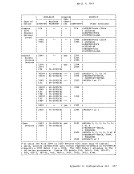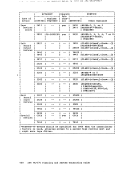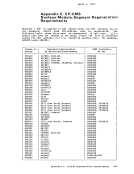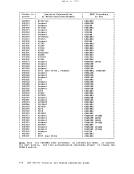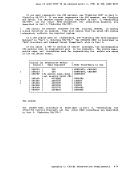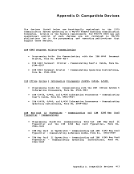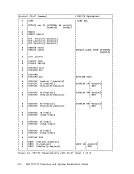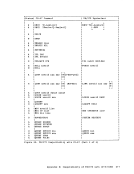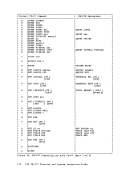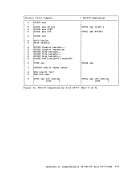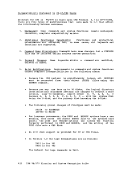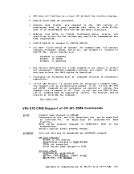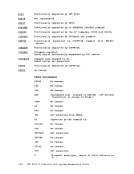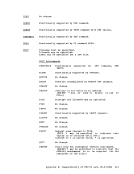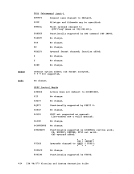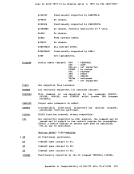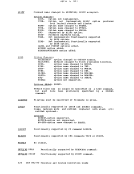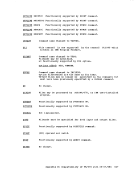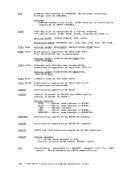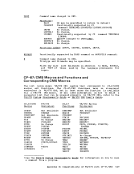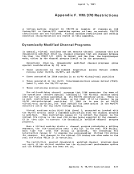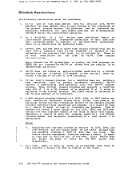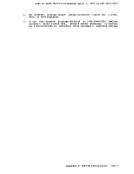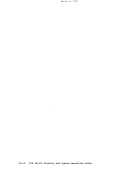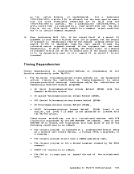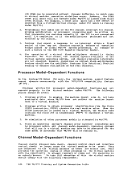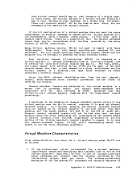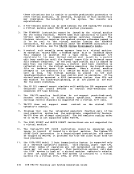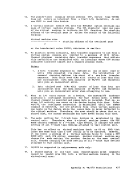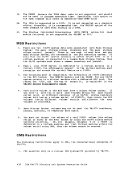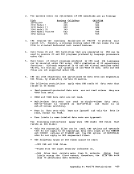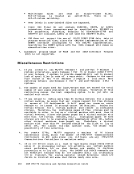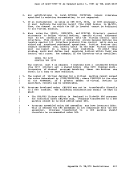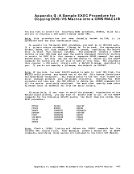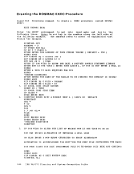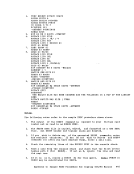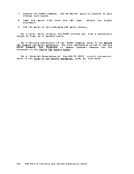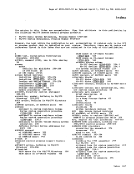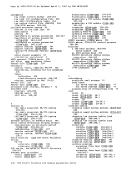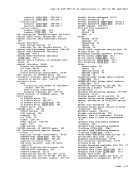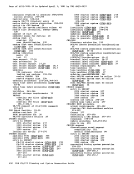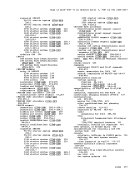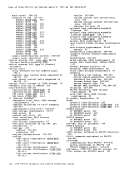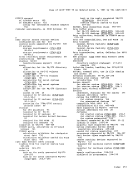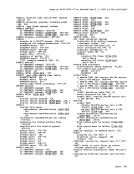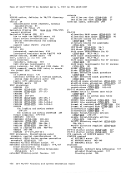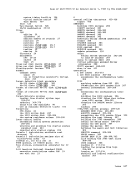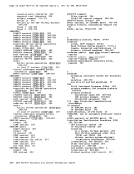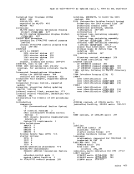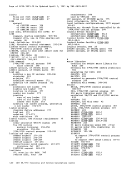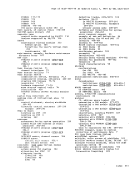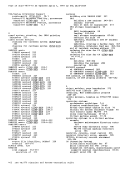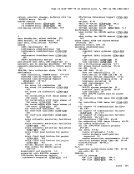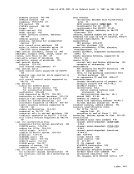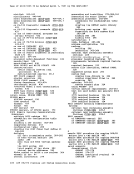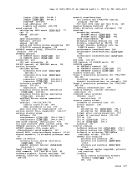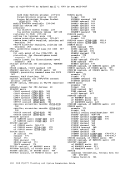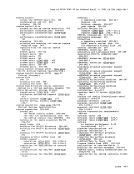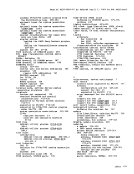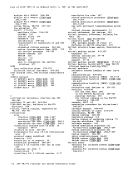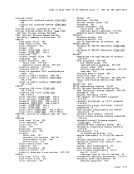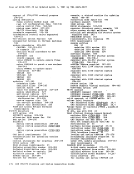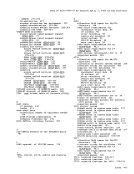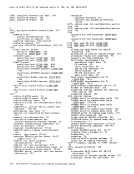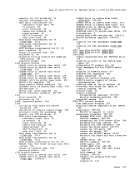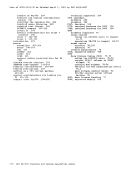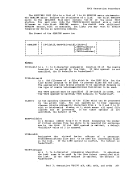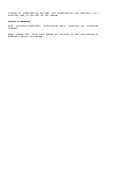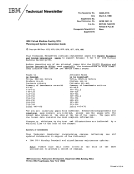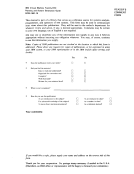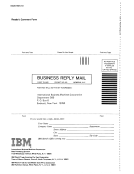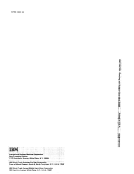Directory Program Loading the DMKDIR object deck via the card reader is the same as
issuing the DIRECT command inCMS, except that after IPL, the program
asks you for the address of a card reader containing the Directory
program controlOnce the directory is updated, directory changes for a user currently
logged on to the system do not take effect until the user logs off the
system and then logs back on.When a new directory is written for a new system
the new directory does not take effect until the new
volume is loaded (via IPL).INVOKING THE DIRECTORY PROGRAM (DMKDIR) UNDER CMS residence volume,
system residenceThe iM/370 Directory vI VM/370 directory. Each virtual machine
confiquration includes counterparts of the components found in a realSystem/370: a virtual operator's console, virtual storage, and virtual I/O devices and control units.
The same version of the Directory service program deck can be placed
in the card reader and loaded directly, or run in a virtual machine
underCMS. The CMS file named DIRECT can be updated with the CMS Editor to
incluae additional directory entries.Use the CMS DIRECT command to process any file to see if it follows the
required directory format. To actually change orswap the currently
activeVM/370 directory, you must have both of the following:
1.User class A, B, or C.
2. write access to the system-owned (system residence orIPL device)
volume that contains the current directory up to and including the
directory cylinders, or to the volume that is to contain the new
directory.
If you have the above qualifications andwish CMS file can be used as a directory file, you must use the EDIT option;
otherwise, if there are no control statement errors, the file is put
into active use.
To build aVM/370 directory on a CP-owned volume using preallocated
cylinders, a new directory should be built so as not to overlay an
existing directory.You must, therefore, allow space for two
directories, or allocate a new area for theVM/370 directory each time
it is created.1°8 IBM VM/370 Planning and System Generation Guide
issuing the DIRECT command in
asks you for the address of a card reader containing the Directory
program control
logged on to the system do not take effect until the user logs off the
system and then logs back on.
the new directory does not take effect until the new
volume is loaded (via IPL).
system residence
confiquration includes counterparts of the components found in a real
The same version of the Directory service program deck can be placed
in the card reader and loaded directly, or run in a virtual machine
under
incluae additional directory entries.
required directory format. To actually change or
active
1.
2. write access to the system-owned (system residence or
volume that contains the current directory up to and including the
directory cylinders, or to the volume that is to contain the new
directory.
If you have the above qualifications and
otherwise, if there are no control statement errors, the file is put
into active use.
To build a
cylinders, a new directory should be built so as not to overlay an
existing directory.
directories, or allocate a new area for the
it is created.





















































































































































































































































































































































































































